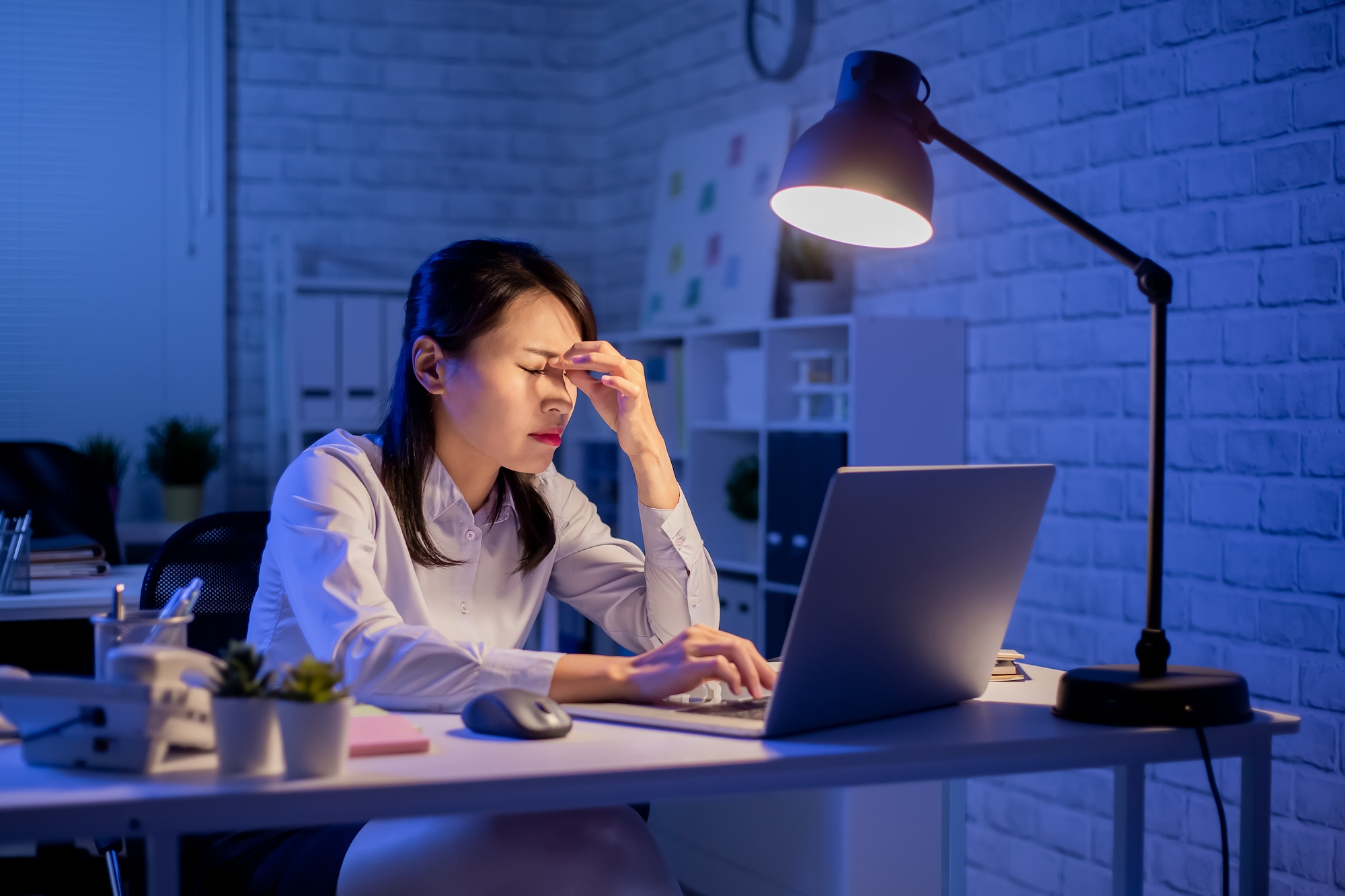You slather on the SPF every morning, right? You know the sun’s UV rays are public enemy number one for your skin. But what about the light coming from your phone, your laptop, your TV… even your smart fridge? The modern world has introduced a new, 24/7 aggressor: blue light. And honestly, your skin is paying the price.
Blue light protection skincare isn’t just a buzzy trend—it’s a necessary evolution. It’s about building a defense system for the way we live now. Let’s dive into what it is, why it matters, and the best solutions to weave into your daily ritual.
What Exactly Is Blue Light Doing to My Skin?
Also known as High Energy Visible (HEV) light, blue light is everywhere. The sun emits it, sure, but our constant companions—our digital devices—emit it at close range, for hours on end. Think of it like this: while UV radiation is like a scorching wildfire that causes immediate damage, blue light is more like a slow, smoldering fire that creates long-term oxidative stress.
Here’s the deal. Blue light penetrates deep into the skin, more deeply than UVA and UVB rays. Once it’s in there, it generates free radicals. These unstable molecules wreak havoc, breaking down collagen and elastin—the very proteins that keep your skin firm, plump, and youthful.
The visible consequences are hard to ignore:
- Hyperpigmentation and Dark Spots: Blue light can actually stimulate melanocyte activity, leading to unwanted dark spots, particularly in those with medium to dark skin tones. It’s one of the key drivers of melasma.
- Premature Aging: That loss of collagen? It directly translates to fine lines, wrinkles, and a loss of skin density. You know, that subtle sagging that makes you look tired all the time.
- Skin Barrier Disruption: Your skin’s natural protective shield can be compromised, leading to dryness, redness, and increased sensitivity.
- Inflammation: For those with inflammatory conditions like rosacea, blue light can be a major trigger for flare-ups.
The New Guard: Key Ingredients for Blue Light Defense
So, how do you fight an invisible enemy? You arm your skincare routine with powerful, targeted ingredients. Antioxidants are your frontline soldiers here. They neutralize those free radicals before they can cause chaos.
Topical Antioxidant Powerhouses
| Ingredient | How It Helps | Best For |
| Vitamin C (L-Ascorbic Acid) | A classic for a reason. It’s a potent antioxidant that brightens skin and helps fend off pigmentation caused by blue light exposure. | All skin types, especially those concerned with dullness and dark spots. |
| Niacinamide (Vitamin B3) | This multi-tasking hero strengthens the skin barrier, reduces inflammation, and helps repair damage from environmental stressors. | Oily, acne-prone, and sensitive skin types. It’s incredibly versatile. |
| Ferulic Acid | Often paired with Vitamins C and E, it stabilizes them and boosts their antioxidant efficacy exponentially. It’s a true force multiplier. | Mature skin and anyone looking to supercharge their serum. |
| Astaxanthin | A super-potent antioxidant derived from algae. It’s thought to be hundreds of times stronger than Vitamin C in fighting free radicals. | Those seeking the next level of protection for very stressed skin. |
| Iron Oxides | Found in many tinted sunscreens and makeup, these provide a physical, reflective barrier against blue light. A literal shield. | Anyone, but especially crucial for those with melasma or hyperpigmentation. |
Building Your Blue Light Protection Skincare Routine
Okay, theory is great, but what does this look like in practice? It’s simpler than you think. You’re probably already doing most of it.
1. The Morning Cleanse
Start gentle. A lukewarm water rinse or a mild, non-stripping cleanser is all you need. You don’t want to disrupt that barrier you’re about to protect.
2. The Antioxidant Serum (Your Main Weapon)
This is the non-negotiable core of your blue light defense. After cleansing and toning, apply a serum packed with the ingredients we talked about. A Vitamin C + Ferulic Acid combo is the gold standard for a.m. use. It preps your skin for the day like a strong cup of coffee—it wakes up and protects.
3. Moisturizer: Lock and Load
Hydrated skin is resilient skin. Choose a moisturizer that suits your skin type to keep your barrier happy and healthy. Look for formulas with Niacinamide or ceramides for an extra protective boost.
4. Sunscreen: The Ultimate Double-Duty Defender
Here’s the most critical step. Your daily sunscreen is your best blue light protection skincare product. Seriously. But not all sunscreens are created equal.
Mineral Sunscreens (with Zinc Oxide & Titanium Dioxide): These are fantastic. They sit on top of the skin, creating a physical block that reflects both UV and a portion of blue light. For even better protection, choose a tinted mineral sunscreen. The iron oxides in the tint specifically block visible light, making it a powerhouse for preventing pigmentation.
Chemical Sunscreens: They work too, by absorbing UV rays. However, they typically don’t offer the same reflective blue light protection as their tinted mineral counterparts. That said, the best sunscreen is the one you’ll wear every single day, without fail.
Beyond the Bottle: Holistic Habits for a Digital World
Skincare can only do so much. You’ve got to pair your topical routine with some smart lifestyle choices.
- Device Settings: Most phones and computers now have a “Night Shift” or “Blue Light Filter” mode. Use it all day, not just at night. The warm tint makes a difference.
- Screen Breaks: The 20-20-20 rule isn’t just for your eyes. Every 20 minutes, look at something 20 feet away for 20 seconds. It gives your skin—and your mind—a micro-break from the glow.
- Diet Matters: Feed your skin from the inside out. A diet rich in colorful fruits and vegetables (think berries, leafy greens, and bell peppers) is packed with the very antioxidants your skin craves.
The Final Glow
Adopting a blue light protection skincare strategy is an act of modern self-care. It’s an acknowledgment that our environment has changed, and our habits must adapt. It’s not about fostering a fear of technology, but about building a harmonious relationship with it.
You protect your skin from the sun to preserve its future health. Now, you’re simply extending that same thoughtful protection to the other light that fills your days. It’s a quiet, consistent commitment to your skin’s long-term resilience in a world that’s always on.


